Inside the Studio of William Ivey Long
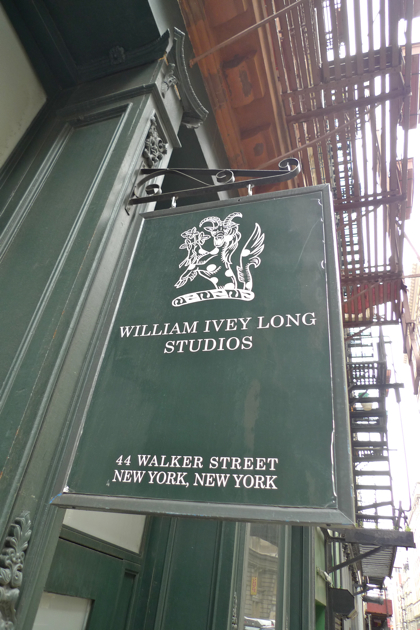 I’ve passed by the Walker Street studio of costume designer William Ivey Long countless times, always meaning to see if I couldn’t invite myself over. And then, a week or two ago, out of the blue, a friend asked if I’d met Long yet—and when I said no, she offered to introduce me. This week, I dropped by.
I’ve passed by the Walker Street studio of costume designer William Ivey Long countless times, always meaning to see if I couldn’t invite myself over. And then, a week or two ago, out of the blue, a friend asked if I’d met Long yet—and when I said no, she offered to introduce me. This week, I dropped by.
It was as delightful an hour as I can remember spending in Tribeca. Early on, I told Long that I didn’t have an angle for the post (being Southern, he apologized for not coming up with one), so we just chatted. Actually, I mostly listened, nodded, and laughed—and I don’t mean that in a he-talked-too-much way.
I prepped for the meeting by reading Alex Witchel’s thorough New York Times Magazine profile. (Long wouldn’t let me take a photo of him, but there’s one on the NYT site.) The short version: He grew up in North Carolina; got his MFA from Yale Drama School; moved to New York City and lived in the Chelsea Hotel (“Viva and Larry Rivers were neighbors,” he told me. “I walked past the dead body of Nancy Spungen”); and “indentured” himself to couturier Charles James. He has designed costumes for 60 Broadway shows, including Cabaret, Catch Me If You Can, Young Frankenstein, La Cages aux Folles, The Producers, and Contact; he has won five Tony awards (with 11 nominations).
 Long had previously lived and worked in a Chelsea brownstone, which he offered to sell to his next-door neighbor, artist Louise Bourgeois, when he learned that she wanted to turn her brownstone into a museum. (The fabulous “Bourgeois Lady Gaga” drawing pictured below, by the way, was for New York magazine.) His main criterion for a new space was that it be on the ground floor, and 44 Walker, while not his first choice (that would be a cursed space also in Tribeca), fit the bill. He moved his studio just over a year ago, and he lives elsewhere in Tribeca. The building was constructed in 1852 as a button factory (“I have yet to find a button!”), although old-guard Tribecans will remember it as the site of Fallen Angels, an artsy burlesque house. “The certificate of occupancy is still for ‘Adult theater (non-projection).’ I had no idea when I bought it. I only learned it when I received the permit for demolition.”
Long had previously lived and worked in a Chelsea brownstone, which he offered to sell to his next-door neighbor, artist Louise Bourgeois, when he learned that she wanted to turn her brownstone into a museum. (The fabulous “Bourgeois Lady Gaga” drawing pictured below, by the way, was for New York magazine.) His main criterion for a new space was that it be on the ground floor, and 44 Walker, while not his first choice (that would be a cursed space also in Tribeca), fit the bill. He moved his studio just over a year ago, and he lives elsewhere in Tribeca. The building was constructed in 1852 as a button factory (“I have yet to find a button!”), although old-guard Tribecans will remember it as the site of Fallen Angels, an artsy burlesque house. “The certificate of occupancy is still for ‘Adult theater (non-projection).’ I had no idea when I bought it. I only learned it when I received the permit for demolition.”
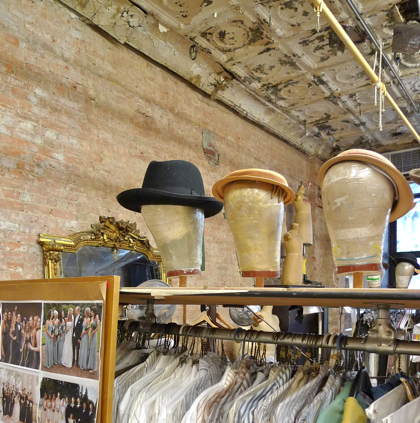 Part of the space’s charm was that it was so different from his brownstone, which has been shot for World of Interiors (but not published yet). “I had never lived in a loft,” he said. “I had always had picture molding.” He describes it as having resembled a Kleenex box, all boring plaster walls and a dropped ceiling, which he had removed in order to expose the tin ceiling—despite the chipped paint and giant sag in one corner. “I like the crumbling. I did design Grey Gardens, after all.” The cellar is also a work in progress.
Part of the space’s charm was that it was so different from his brownstone, which has been shot for World of Interiors (but not published yet). “I had never lived in a loft,” he said. “I had always had picture molding.” He describes it as having resembled a Kleenex box, all boring plaster walls and a dropped ceiling, which he had removed in order to expose the tin ceiling—despite the chipped paint and giant sag in one corner. “I like the crumbling. I did design Grey Gardens, after all.” The cellar is also a work in progress.
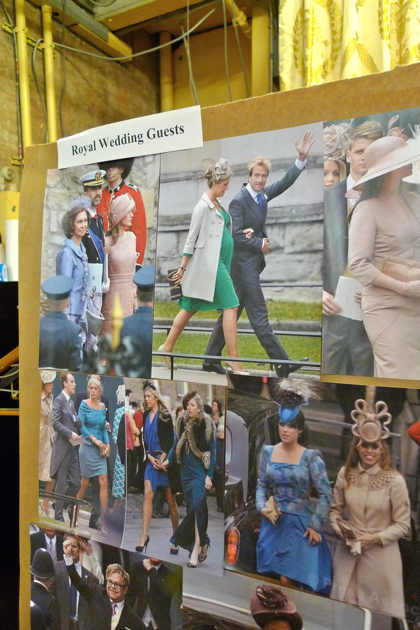 When the studio is busy, as many as 12 people might be working there, so flexibility is key. The ground floor is a long rectangular loft that has been divided by curtains, half-walls, and boards covered with research photos (of weddings for It Shoulda Been You, a musical directed by David Hyde Pierce that’s getting its world premiere at George Street Playhouse in New Brunswick, N.J., and for Othello at Folger Shakespeare Library in Washington, D.C.). The dressing room, with “walls” of clothing racks, was being used to hold a scale model of a retrospective exhibit that will debut Sept. 20 at the North Carolina Museum of History in Raleigh and run for a year. It’ll have a red-carpet entrance, a room devoted to Long’s Tony-winning shows (“because everyone always asks”), a replica of his studio (without the crumbling ceiling), and costumes aplenty from shows such as Dreamgirls, Chicago, Siegfried & Roy, The Frogs, and The Lost Colony, an outdoor drama that runs annually in Manteo, N.C. (Long has been involved with the production for 41 seasons).
When the studio is busy, as many as 12 people might be working there, so flexibility is key. The ground floor is a long rectangular loft that has been divided by curtains, half-walls, and boards covered with research photos (of weddings for It Shoulda Been You, a musical directed by David Hyde Pierce that’s getting its world premiere at George Street Playhouse in New Brunswick, N.J., and for Othello at Folger Shakespeare Library in Washington, D.C.). The dressing room, with “walls” of clothing racks, was being used to hold a scale model of a retrospective exhibit that will debut Sept. 20 at the North Carolina Museum of History in Raleigh and run for a year. It’ll have a red-carpet entrance, a room devoted to Long’s Tony-winning shows (“because everyone always asks”), a replica of his studio (without the crumbling ceiling), and costumes aplenty from shows such as Dreamgirls, Chicago, Siegfried & Roy, The Frogs, and The Lost Colony, an outdoor drama that runs annually in Manteo, N.C. (Long has been involved with the production for 41 seasons).
By the end, I realized that I didn’t need an angle—my subject was certainly interesting enough to carry the day. I began to think of my visit as a social call. We talked about Dominique Strauss-Kahn and the Duke lacrosse team. (I went to Duke; Long forgave me.) We talked about his next projects (The Prince of Broadway, a review of Hal Prince’s work, and an equestrian show). We talked about the two East Village bars he co-owns, Shoolbred’s and Ninth Ward. And we talked about Tribeca—he loves Bread Tribeca and Macao Trading Co., but not M1-5 because of the vomit that often ends up outside his door—and I told him that he’d soon have another good coffee place over on Broadway, at the mini café opening in a window of JEM Fabric Warehouse. “That’s where I bought the gingham stretch for Brooke Shields in Leap of Faith!” he said. “Right in my own backyard!”
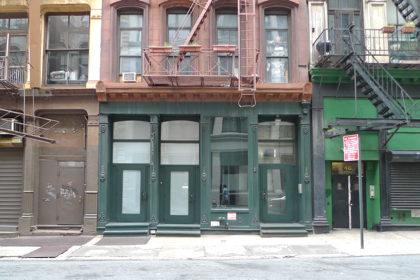
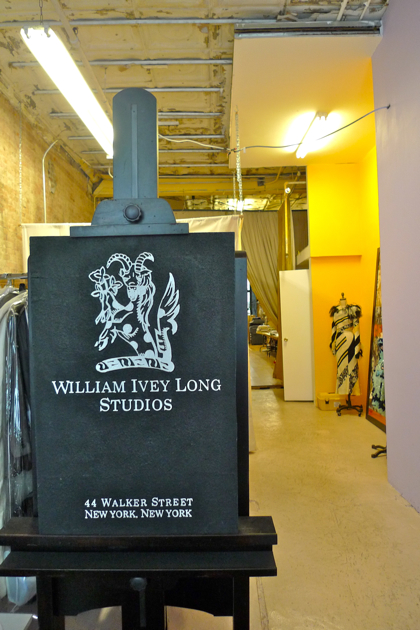

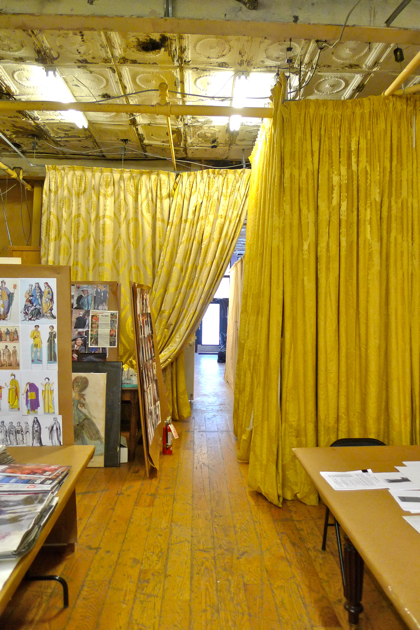
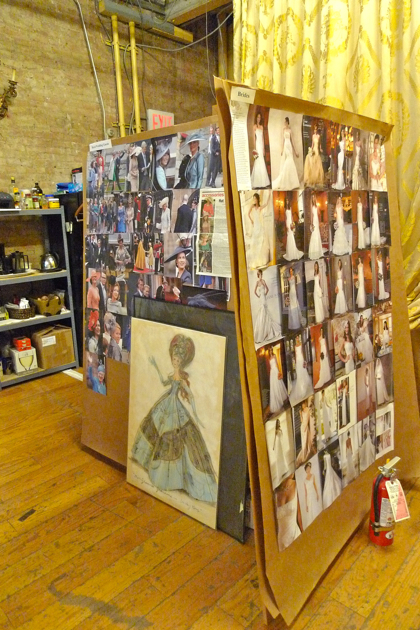
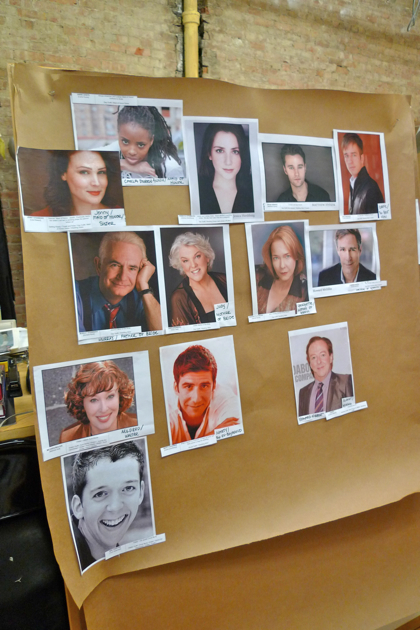
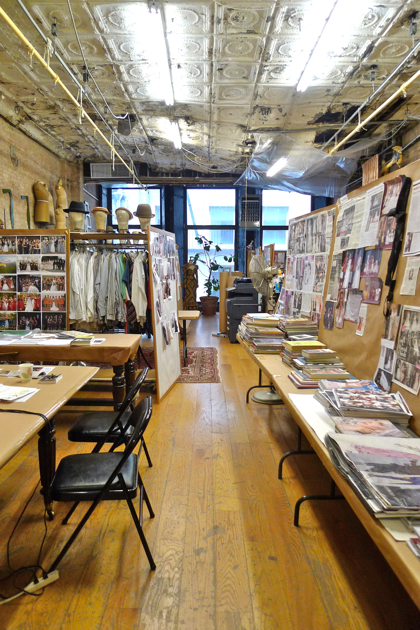
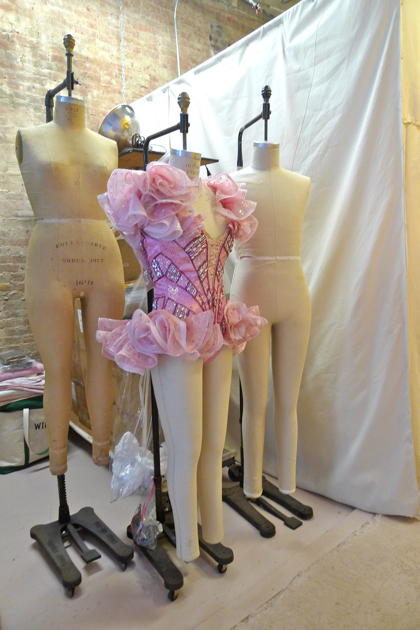
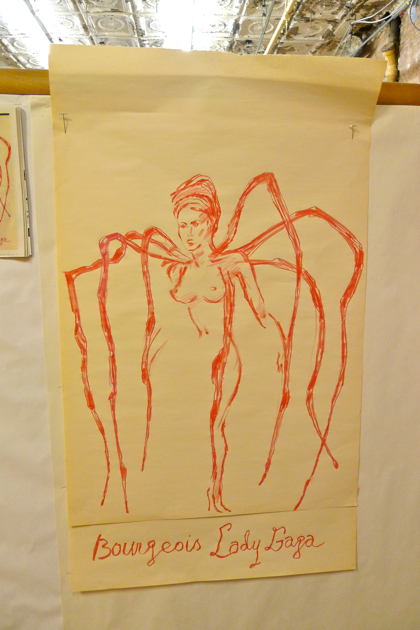
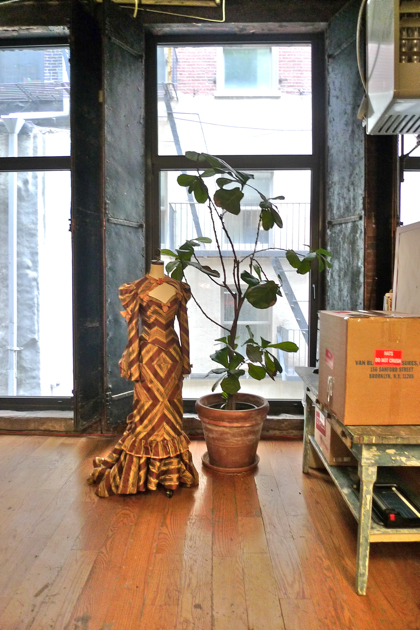 And these are photos of the scale model of his upcoming exhibit at the North Carolina Museum of History.
And these are photos of the scale model of his upcoming exhibit at the North Carolina Museum of History.








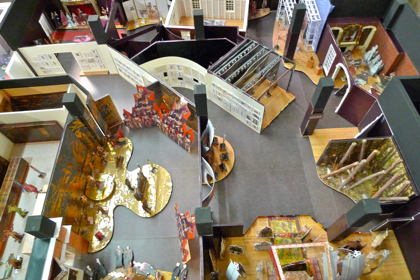

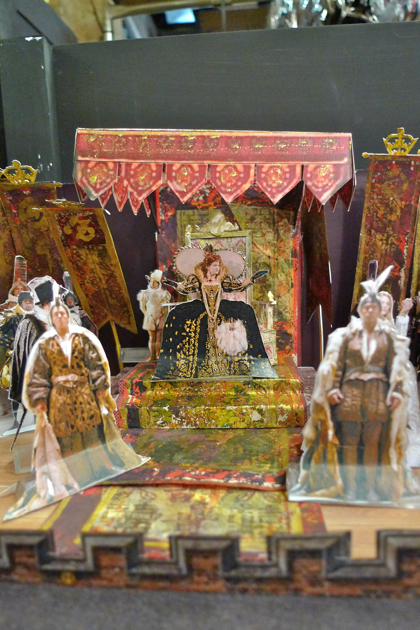
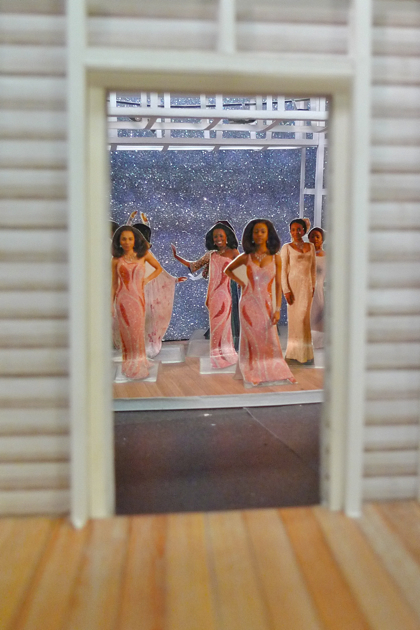










How wonderful. Tribeca needs more like this, and fewer luxury shops.
So excited that Mr. Long is designing the costumes for IT SHOULDA BEEN YOU! What an amazing artist he is.
beautiful post and pictures!
thank you for this glimpse of real life in the hood-interesting to learn about neighbors I may never meet. I really enjoy it, probably because I’m so nosy, but prefer to call it curious..
Excited to see Long’s new shop. N.C. claims him, so glad to see there will be an exhibit there.
And I must note that today’s Times writes of vacant homes’ food foragers. Perhaps Nutmeggers got it going!
It’s so wonderful to see such a talented man have great success. From working with his mom and dad to summers at the ‘Lost Colony’, life has been very good. I am so happy for you and yours!
Casey